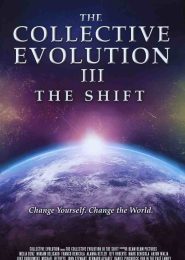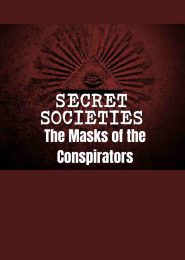The New Rulers of the World (2001)
The New Rulers of the World, a documentary by journalist and filmmaker John Pilger. Released in 2001, it investigates the effect of globalization, focusing on Indonesia as a prime example of the serious problems associated with this new global order.
Here are the key themes explored in the documentary:
- Globalization and Inequality:
- Pilger examines how a small group of powerful individuals has become richer than most of the population in Africa.
- Approximately 200 giant corporations dominate a quarter of the world’s economic activity.
- Famous brands, from running shoes to baby clothes, are now produced in very poor countries with cheap labor, often bordering on a form of slave labor.
- Exploitation and Sweatshops:
- Through secret filming, Pilger reveals how cheap labor in Indonesian sweatshops produces goods for well-known brands like Nike, Adidas, Gap, and Reebok.
- Workers receive meager wages (about 72p a day), while these products are sold for up to 250 times that amount.
- Almost 70 million Indonesians live in extreme poverty, with many residing in labor camps where children suffer from malnutrition and disease.
- Historical Context:
- Pilger draws parallels between modern-day globalization and old-world imperialism.
- Indonesia, once plundered by the West for centuries, became a focal point for globalization in Asia.
- Western governments supported dictator General Suharto, granting access to vast mineral wealth, markets, and cheap labor.
- IMF, World Bank, and World Trade Organization:
- The West increased its stranglehold on poor countries by using these powerful institutions to control their economies.
- Pilger exposes how these organizations eternalize inequality and exploitation.
In a world shaped by economic forces, The New Rulers of the World challenges viewers to question the status quo and consider the human cost of globalization.




